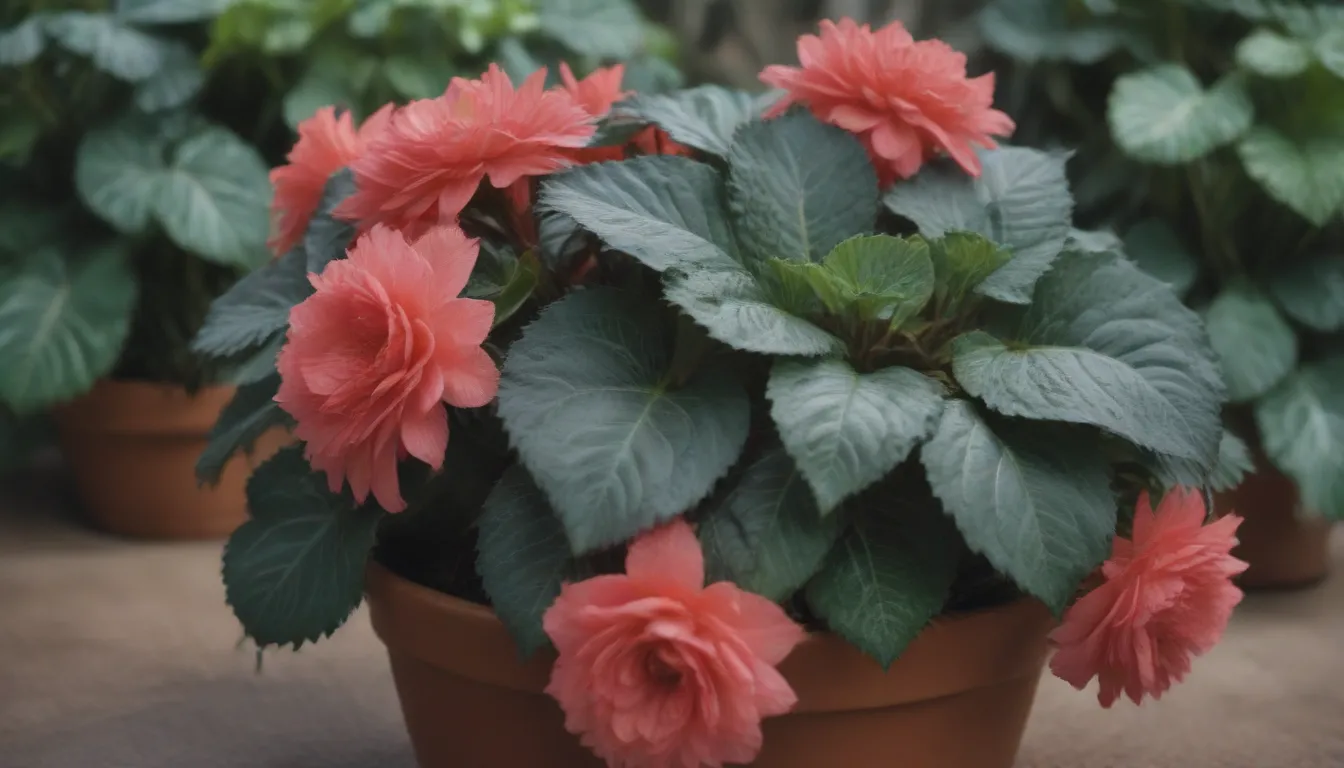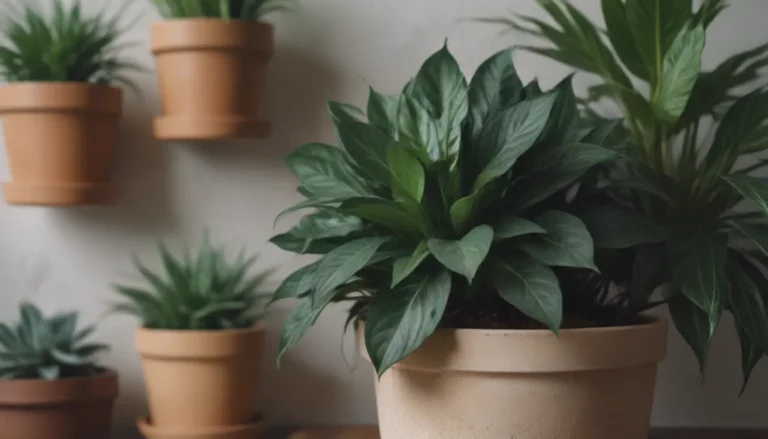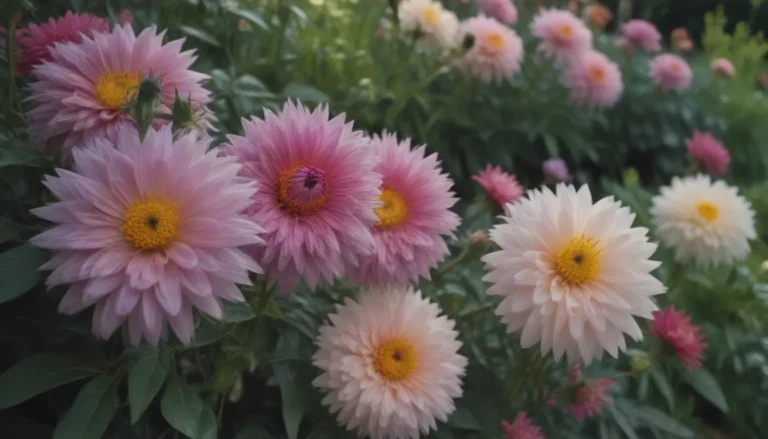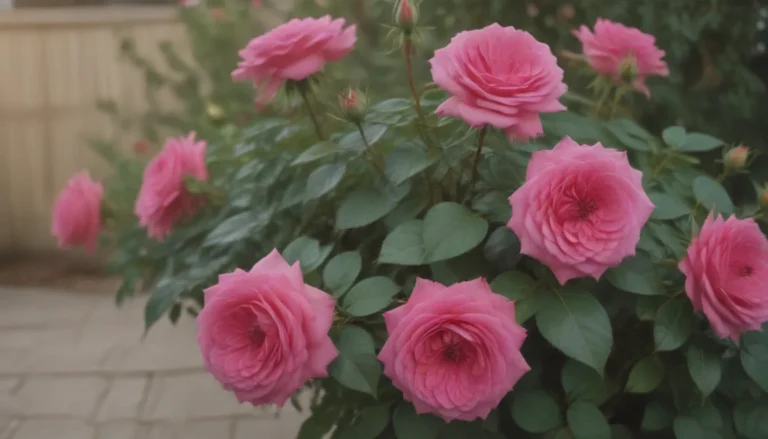The Ultimate Guide on How to Grow and Care for Rex Begonias

Welcome to the ultimate guide on how to grow and care for rex begonias! This beautiful plant, also known as painted-leaf begonia or fancy-leaf begonia, is a semi-tropical perennial that is popular for its large variegated leaves in a variety of vibrant colors. In this comprehensive article, we will explore everything you need to know about rex begonias and how to ensure they thrive in your home or garden.
Rex begonias are typically grown as outdoor container plants or houseplants. Their round shape and vibrant foliage make them a popular choice for adding color and texture to any space. However, finding the right conditions for these plants to display their best leaf color can be a challenge. While light is usually not a problem, temperature and humidity levels play a crucial role in the health and growth of rex begonias.
Rex Begonia Care Tips
Taking care of rex begonias requires attention to detail and a few key elements. Here are the main care requirements for growing healthy and vibrant rex begonias:
Light: Rex begonias thrive in bright, indirect light year-round. They can tolerate less light than other begonias due to their limited blooming, making them suitable for indoor spaces with fluorescent lighting.
Water: Regular watering is essential for rex begonias, but be careful not to overwater them. The soil should feel slightly moist but not soggy. Allow the soil surface to dry out before watering again to prevent root rot.
Temperature: Moderate temperatures between 60°F to 70°F are ideal for rex begonias. They also prefer high humidity levels of around 50 percent. Avoid exposing them to freezing temperatures or extreme heat, as it can slow down their growth.
Soil: Opt for airy, light, and fast-draining soil when planting rex begonias in containers. A well-aerated peat-based potting mix will provide the right conditions for their fine root systems to flourish.
Fertilizer: Use a liquid fertilizer at half strength every two weeks during the growing season to support the growth of your rex begonias.
Rotation: Rotate your rex begonias regularly to ensure even growth and sun exposure on all sides of the plant.
Pruning: Keep your rex begonias well-trimmed to maintain their shape and prevent overcrowding. Remove dead or yellowing leaves to promote new growth.
Types of Rex Begonias
Begonia rex serves as the foundation for hundreds of hybrids, each with its own unique characteristics and coloring. Recent hybrid cultivars include:
- Begonia ‘Fireworks’
- Begonia ‘Escargot’
- Begonia ‘Marmaduke’
The possibilities are endless when it comes to rex begonia hybrids, and you may discover new variations at different garden centers under different names.
Propagating Rex Begonias
Rex begonias can be propagated using various methods, including water propagation, stem or leaf cuttings, and division. Here are steps for each propagation method:
Propagating by division: Divide the rhizome of the rex begonia plant to create new plants.
Propagating in water: Place stem or leaf cuttings in water and wait for new roots to develop.
Propagating by leaf cuttings: Take a healthy leaf cutting and place it in soil to encourage root growth.
Pro Tip: Most begonias available in the market are hybrids and cannot be accurately propagated from seed. Stick to division, cuttings, or layering for successful propagation.
Potting and Repotting Rex Begonias
Rex begonias are rhizomatous plants that grow from shallow rhizomes. When potting or repotting rex begonias, ensure they have enough room to spread their roots. Repot into a fresh pot with well-draining soil when the rhizome outgrows its current container. Dividing the rhizome during repotting can help increase your plant stock.
Common Pests and Diseases
Rex begonias are susceptible to pests and diseases like mealybugs, powdery mildew, and botrytis fungal disease. To prevent these issues, keep your plants well-trimmed, remove dead leaves, and provide good air circulation. Consider using a systemic fungicide to address fungal infections and maintain a healthy growing environment for your rex begonias.
Common Problems With Rex Begonias
If you encounter issues with your rex begonias, here are some common problems and their solutions:
Wilting Leaves or Leaf Loss: Wilting leaves or leaf loss can be caused by pests, improper watering, low light, or humidity levels. Adjust the plant’s conditions accordingly to promote healthy growth.
Soft Leaves: Soft or mushy leaves are typically a sign of overwatering or underwatering. Check the soil moisture levels and adjust your watering schedule to prevent root rot.
Rex begonias make excellent houseplants, provided they receive adequate bright, indirect light and well-draining soil. Remember that rex begonias do not prefer shade but thrive in partial sunlight. Keep them slightly rootbound when repotting to encourage healthy growth and vibrant foliage.
In conclusion, rex begonias are stunning plants that can enhance any indoor or outdoor space with their colorful leaves and unique textures. By following the care tips outlined in this guide, you can successfully grow and maintain healthy rex begonias in your home or garden. Whether you’re a beginner or experienced gardener, rex begonias are a delightful addition to any plant collection.
Sources:
– ASPCA
– University of Connecticut Home and Garden Information Center
– University of California Agriculture and Natural Resources
– Texas A&M University AgriLife Extension Plant Disease Handbook
Happy gardening and may your rex begonias flourish with beauty and vitality! 🌿🌺
By following these tips and guidelines, you’ll be well on your way to growing healthy and vibrant rex begonias in your home or garden. Remember to provide them with the right light, soil, water, and temperature conditions to ensure they thrive. With a little care and attention, your rex begonias will reward you with their stunning foliage and beauty all year round. Happy planting!





